Part 1, Part 2 , & Part 3 of Trauma Invested Education series based on the Fostering Resilient Learners institute. My hope is that my learning helps your journey to supporting all students along their educational journey.
The start of a new school year is coming. For some, you’ve already started. For others, it’s coming. For me, I have students Monday and can not wait.
The truth of the matter is, though, that our students need to be connected. They need to be connected with staff, they need to have a culture of safety built into their campus, they need to have a champion in their corner, and they need to feel safe. Relationships are the cornerstone of the work that we do with our students. You have an opportunity to build the connection every day. Why not take advantage of the opportunity to connect with your students?

Something that all educators need to understand is that behavior stems from an unmet need or from lack of safety. When students come back to school, we want them to learn. However, our students come with unmet needs every day. They have school anxiety, nerves are heightened, and students don’t know their schedule or routine yet. It’s challenging and nerve racking for adults as well. Remember that kids do well when they can and so do adults. You have to give yourself some grace, y’all. It’s a necessity. You can be the most scheduled as one can be but what our students need is grace and time.
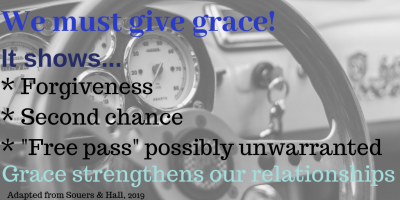
Something that educators need to realize is that students struggle with the unknown. The new school year has a lot of these. New transitions, new teachers, new classmates, and an overall new feel. Add in the 5 senses of new and students will either implode or explode if their needs aren’t met. It’s not every student but it’s something to keep in the back of your mind. Lots of grace, people. Lots of grace is what you need from day 1 to day 180. You need it and they need it too.

We have important work as educators and it is time for us to take on the role of more than just an educator. We are educators who build relationships with our students, create a culture of safety, and a culture of building students up every day. We also have an opportunity be THAT person with our students. The one who fosters a relationship, is the champion for our students, and cares every single day. I challenge you to be that person for your students this year.
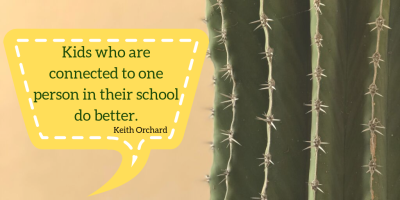
Every day, we have an opportunity to connect with our students. Every single person has a story untold and it is YOUR opportunity to unfold it this year. Build the relationships, cultivate a culture of safety, support one another and be someone’s relationship every day. Someone around you counts on YOUR support every day.
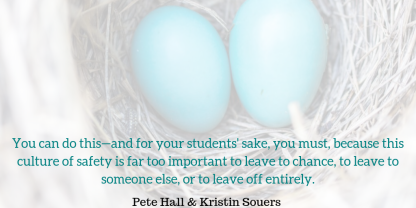






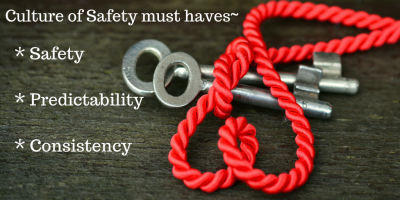
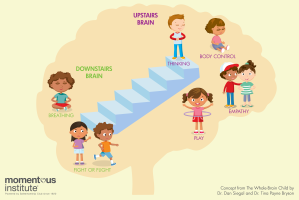 Image credit: Dr. Siegel & Dr. Tina Bryson
Image credit: Dr. Siegel & Dr. Tina Bryson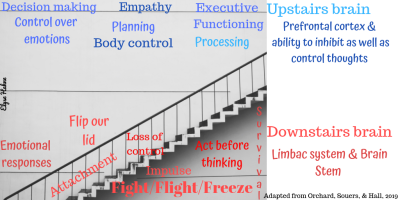
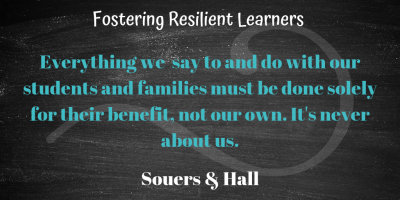
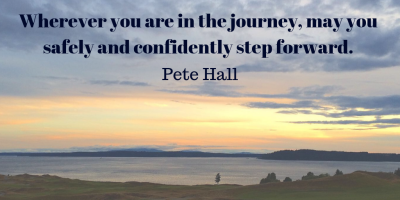

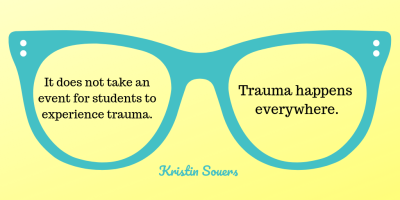
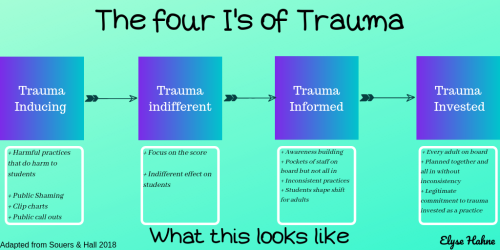


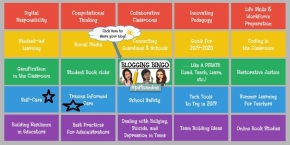 This blog post is apart of the
This blog post is apart of the